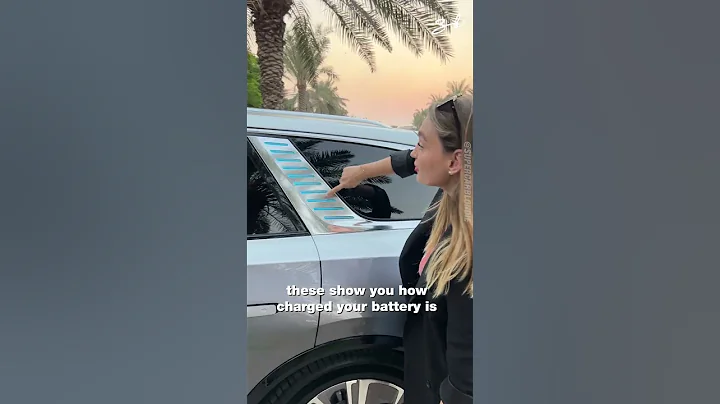As the "latest enterr", it remains to be seen whether Haval H6 new energy can reproduce the hot sales trend of H6 models in the fuel vehicle market.
htmlOn September 28, the Haval brand announced that the third generation of H6 DHT-PHEV was officially launched. It is reported that the new car has launched three versions of NEDC pure electric range of 55km and 110km, with a price range of 159,800-173,800 yuan, which is narrower than the previous pre-sale price of 149,800-176,800 yuan.

As we all know, the automobile industry is currently in a period of transformation to the new energy industry. On the one hand, with the relaxation of the joint venture shareholding ratio of Sino-foreign passenger cars, joint venture brands have gradually implemented and expanded their new energy layout in the Chinese market, such as the Audi FAW PPE project; on the other hand, the new energy subsidy policy that has lasted for many years, and the new energy purchase tax exemption that has been postponed for another one year, also promotes industrial development, thus creating a large number of new car-making forces.
In this context, there is no doubt that traditional car companies need to accelerate their transformation to adapt to environmental trends. Judging from the various sub-brands of Great Wall Motors , the newly established Weipai, Ora , and Tank have all been implemented since 2016: Weipai focuses on DHT hybrid, and Ora is positioned as pure electric. Tank also released the "off-road + new energy" technical route earlier, launching off-road super hybrid architecture and unveiling two products, Tank 300HEV and Tank 500PHEV.

Despite this, the performance of the existing new energy vehicle models under Great Wall is not optimistic. From January to August this year, the cumulative sales of the Ora brand were 77,116 vehicles, with an average monthly sales of less than 10,000 vehicles, which remained at a gap with the current mainstream level of the new energy market (more than 10,000 vehicles). As for Weipai, its cumulative sales of all models in the first eight months were only 28,110 vehicles, a year-on-year decrease of 10.75%.
There is no doubt that as the largest vehicle segment under Great Wall Motors, Haval, which had previously focused on fuel vehicles for a long time, bears high hopes - choosing the hot-selling model Haval H6 to launch a new energy version is enough to prove it. Great Wall Motor President Mu Feng publicly stated, "This will be a milestone for Haval, and it is also the most firm step taken by Great Wall Motor on the road to comprehensive transformation to new energy, marking that Great Wall Motor's new energy strategy has been fully launched."

In fact, in recent years, the Haval brand has encountered bottlenecks and sales growth has slowed down. Official data shows that from 2019 to 2021, the annual cumulative sales of the Haval brand were 769,454 units, 750,228 units and 770,008 units, respectively, with year-on-year performance of 0.44%, a decrease of 2.50%, and a growth of 2.64%, respectively. The cumulative sales from January to August this year were 400,582 vehicles, a year-on-year decrease of 18.13%. Of course, there are also impacts of the epidemic and supply chain problems.
It is undeniable that new fancy naming such as Divine Beast and Red Rabbit can indeed increase consumer attention to a certain extent, but in essence, they are still replacement models (Divine Beast Replacement F7, Red Rabbit Replacement F5, etc.), and it is difficult to break the heavy dependence on the single model of Haval H6. Therefore, in the eyes of the outside world, Haval H6 new energy may become a boost to the brand's sales growth.

It is worth mentioning that at the earlier Chengdu Auto Show , the Haval brand released a series of new energy strategic plans. It is understood that by 2025, the sales share of Haval new energy vehicle models will increase to 80%, and fuel vehicles will be officially suspended in 2030; in the future, the brand will also establish new energy companies to support and ensure the development of the new energy industry from an organizational structure.
It can be seen that with the launch of H6 new energy, Haval has accelerated its brand transformation. However, it is also necessary to note that in the current new energy vehicle market, Haval is still a "latecomer". Considering that subsidies will be terminated by the end of this year and exemptions will end by the end of next year, whether it can achieve "latecomercomer comes first" remains to be tested.











